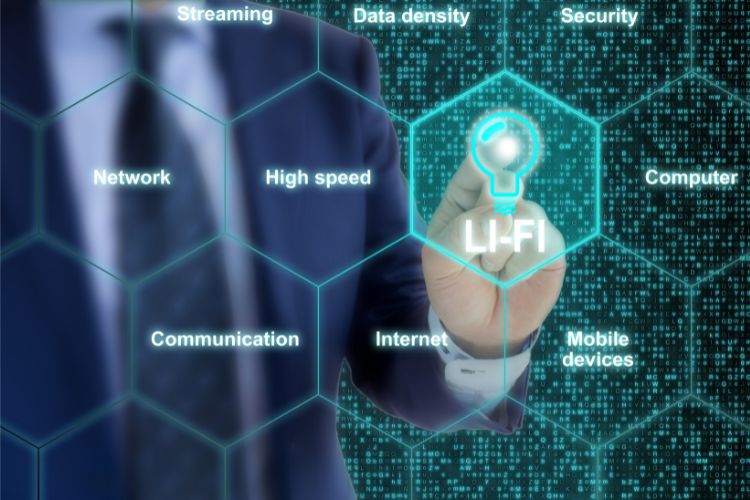Who will benefit from the future of LiFi? Alistair Banham, CEO, pureLiFi, sits down with editorial director, Peggy Smedley, of Connected World and creator of Living Lab to shed light on light fidelity, which makes use of visible and invisible light.
Peggy Smedley: What is LiFi?
Alistair Banham: LiFi is high-speed, reliable wireless communications using the light spectrum rather than radio frequencies like traditional communications technologies such as Wi-Fi and 5G. LiFi is more reliable, free of congestion, and offers military grade security.
Smedley: What has changed since its initial introduction?
Banham: The technology was introduced to the world in 2011 via a Ted Global talk where Professor Harald Haas demonstrated the technology publicly for the first time. The original demonstrator was a large cupboard and had data rates of hundreds of Kbps. Today our technology is capable of up to 1 Gbps and we offer systems that are in consumer formfactors and are capable of 300+ Mbps. The technology has matured through years of commercialization. LiFi is now used in real-life scenarios. The U.S. Army was the first to deploy LiFi on scale in 2021.
Smedley: What industries are the greatest beneficiaries of this technology?
Banham: Many industries can benefit from LiFi and the improved performance and security that LiFi offers over Wi-Fi and 5G. However, initial industries already benefiting from LiFi are defense where LiFi is saving lives and missions today and industrial manufacturing where LiFi offers robust and secure wireless communications.
Smedley: Can you provide some examples of where LiFi is proving more cost effective?
Banham: LiFi was rolled out by the U.S. Army in 2021. For this sector LiFi not only provides secure mission critical communications, it always saves on logistical impact, as LiFi reduces cabling and set-up time, which saves time and money. More broadly, LiFi is still a new technology so cost benefits will grow as the technology matures and is produced at greater volumes over time.
Smedley: How is LiFi changing our world?
Banham: Today LiFi is offering safe and critical communications in some of the most hostile environments, where security and reliability are paramount. However, LiFi will one day connect everything and everyone, conquering some of the greatest challenges faced by Wi-Fi and 5G. LiFi will offer up reliable, congestion free, ultra-fast speeds, and secure communications that enables innovation we haven’t even thought of yet.
Smedley: Is there any technology that compares to LiFi that we should be aware of?
Banham: There are other optical wireless communications technologies that compliment LiFi. For example, Free Space Optics, which enables optical connectivity over long distances can be used to enable end-to-end optical communications networks.
Smedley: Where can we see LiFi in action?
Banham: We’re pleased that LiFi will soon be featured in the Living Lab. This will be one of the first times that LiFi will be used in a domestic setting.


